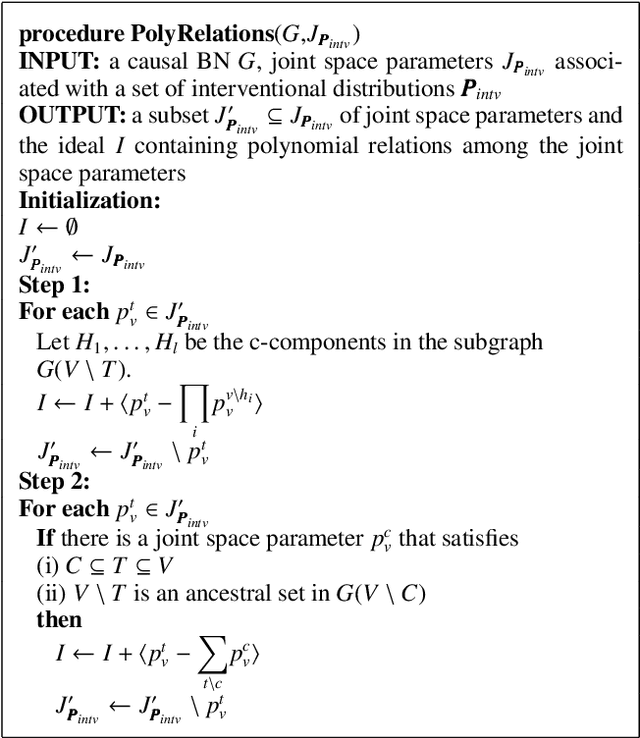Changsung Kang
Meta Learning to Rank for Sparsely Supervised Queries
Sep 29, 2024



Abstract:Supervisory signals are a critical resource for training learning to rank models. In many real-world search and retrieval scenarios, these signals may not be readily available or could be costly to obtain for some queries. The examples include domains where labeling requires professional expertise, applications with strong privacy constraints, and user engagement information that are too scarce. We refer to these scenarios as sparsely supervised queries which pose significant challenges to traditional learning to rank models. In this work, we address sparsely supervised queries by proposing a novel meta learning to rank framework which leverages fast learning and adaption capability of meta-learning. The proposed approach accounts for the fact that different queries have different optimal parameters for their rankers, in contrast to traditional learning to rank models which only learn a global ranking model applied to all the queries. In consequence, the proposed method would yield significant advantages especially when new queries are of different characteristics with the training queries. Moreover, the proposed meta learning to rank framework is generic and flexible. We conduct a set of comprehensive experiments on both public datasets and a real-world e-commerce dataset. The results demonstrate that the proposed meta-learning approach can significantly enhance the performance of learning to rank models with sparsely labeled queries.
Classifying Emails into Human vs Machine Category
Dec 14, 2021



Abstract:It is an essential product requirement of Yahoo Mail to distinguish between personal and machine-generated emails. The old production classifier in Yahoo Mail was based on a simple logistic regression model. That model was trained by aggregating features at the SMTP address level. We propose building deep learning models at the message level. We built and trained four individual CNN models: (1) a content model with subject and content as input; (2) a sender model with sender email address and name as input; (3) an action model by analyzing email recipients' action patterns and correspondingly generating target labels based on senders' opening/deleting behaviors; (4) a salutation model by utilizing senders' "explicit salutation" signal as positive labels. Next, we built a final full model after exploring different combinations of the above four models. Experimental results on editorial data show that our full model improves the adjusted-recall from 70.5% to 78.8% compared to the old production model, while at the same time lifts the precision from 94.7% to 96.0%. Our full model also significantly beats the state-of-the-art Bert model at this task. This full model has been deployed into the current production system (Yahoo Mail 6).
Local Markov Property for Models Satisfying Composition Axiom
Jul 04, 2012


Abstract:The local Markov condition for a DAG to be an independence map of a probability distribution is well known. For DAGs with latent variables, represented as bi-directed edges in the graph, the local Markov property may invoke exponential number of conditional independencies. This paper shows that the number of conditional independence relations required may be reduced if the probability distributions satisfy the composition axiom. In certain types of graphs, only linear number of conditional independencies are required. The result has applications in testing linear structural equation models with correlated errors.
Inequality Constraints in Causal Models with Hidden Variables
Jun 27, 2012

Abstract:We present a class of inequality constraints on the set of distributions induced by local interventions on variables governed by a causal Bayesian network, in which some of the variables remain unmeasured. We derive bounds on causal effects that are not directly measured in randomized experiments. We derive instrumental inequality type of constraints on nonexperimental distributions. The results have applications in testing causal models with observational or experimental data.
Polynomial Constraints in Causal Bayesian Networks
Jun 20, 2012


Abstract:We use the implicitization procedure to generate polynomial equality constraints on the set of distributions induced by local interventions on variables governed by a causal Bayesian network with hidden variables. We show how we may reduce the complexity of the implicitization problem and make the problem tractable in certain causal Bayesian networks. We also show some preliminary results on the algebraic structure of polynomial constraints. The results have applications in distinguishing between causal models and in testing causal models with combined observational and experimental data.
 Add to Chrome
Add to Chrome Add to Firefox
Add to Firefox Add to Edge
Add to Edge